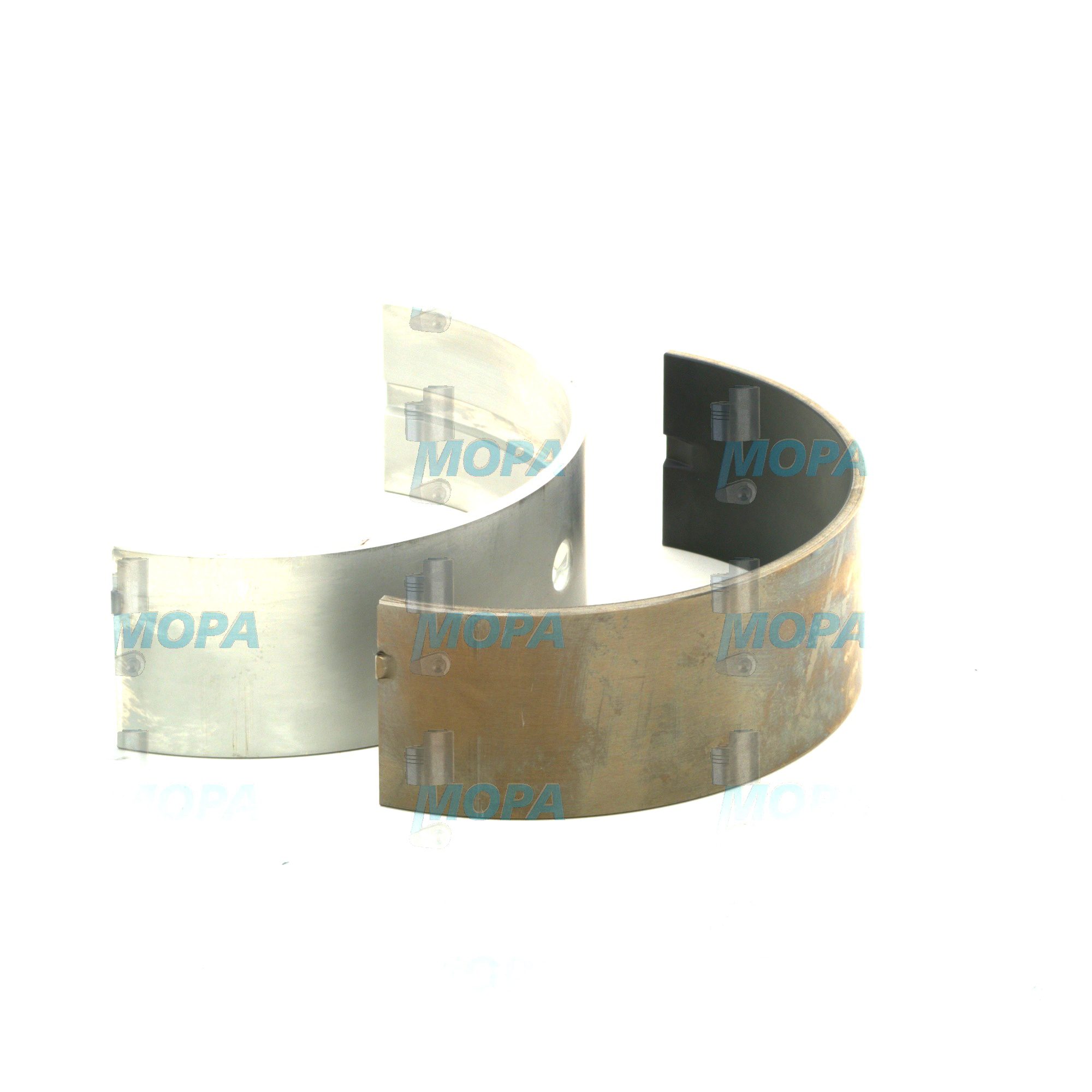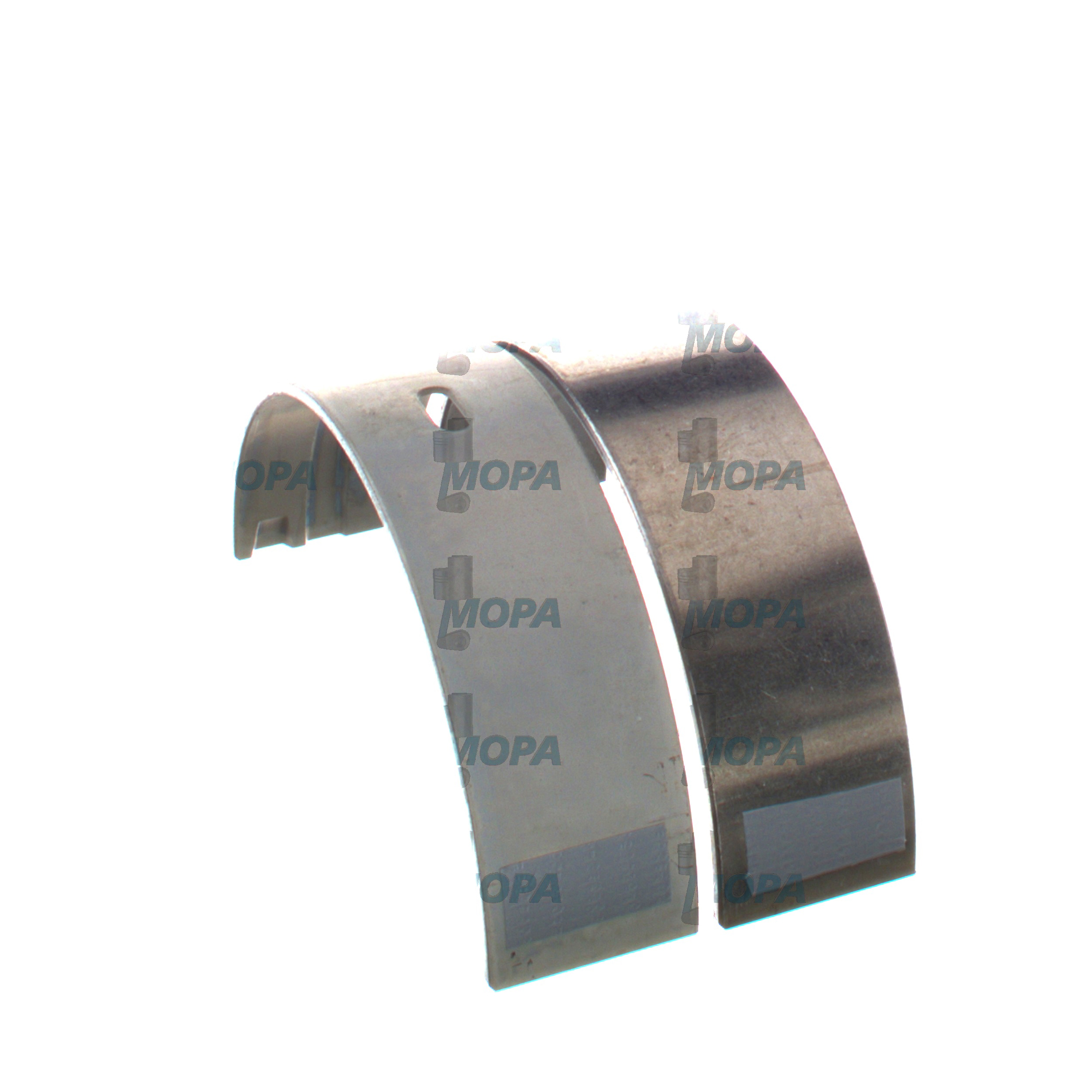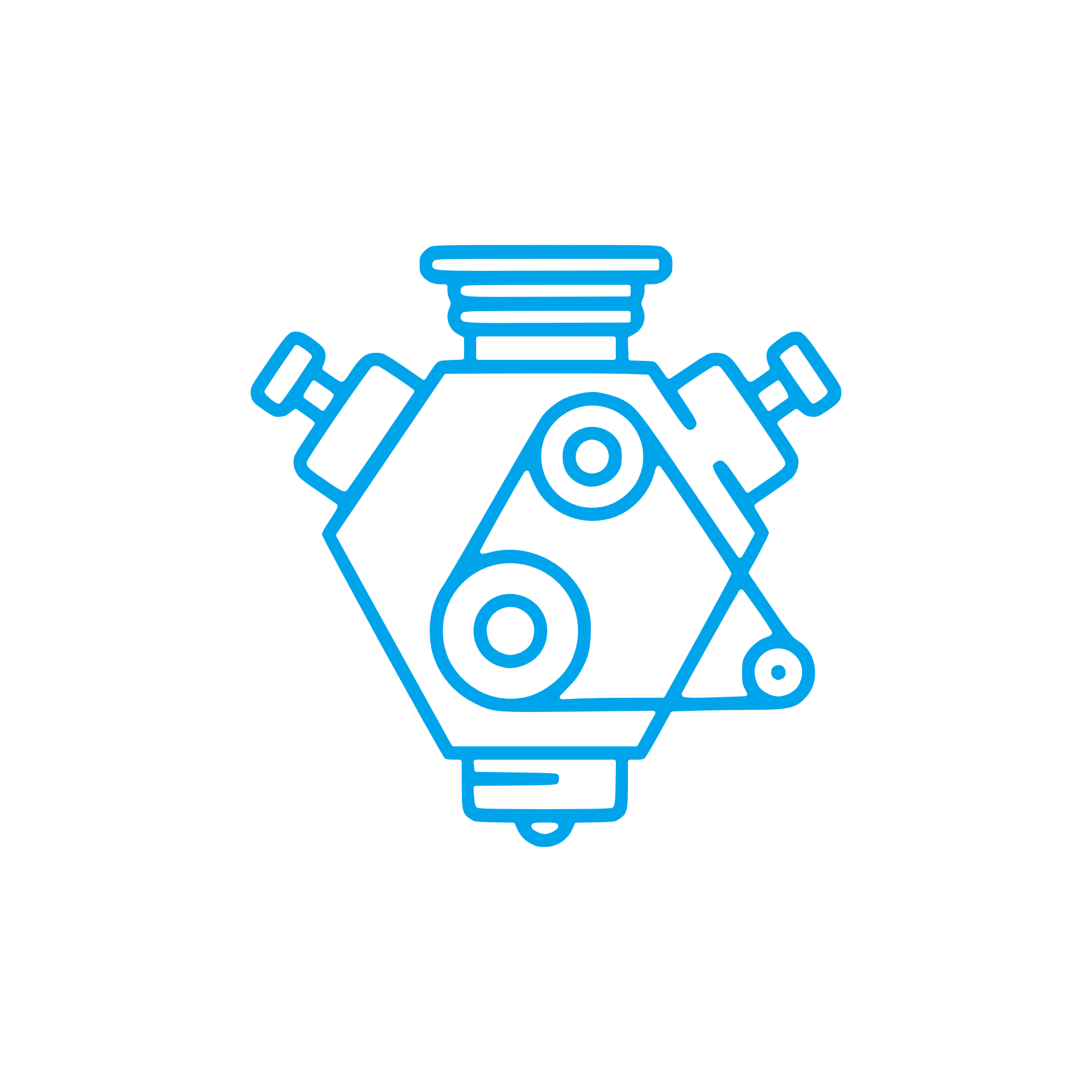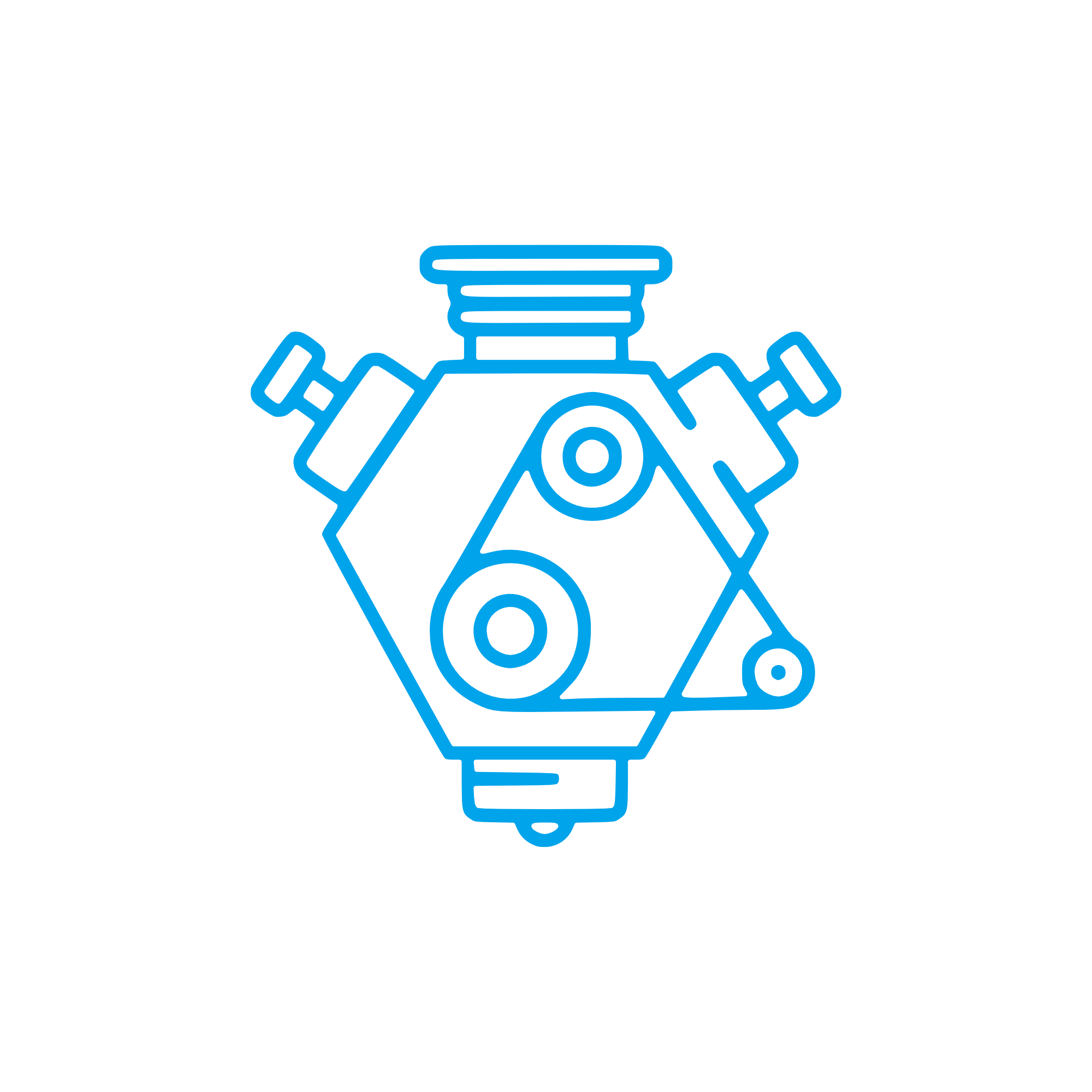MAIN BEARING PAIR in Engine Drive Components
Engine drive components are the mechanical systems that support, align, and transmit torque from the combustion cycle to the output shaft. They include the crankshaft support system, gear trains, couplings, and power‑transfer interfaces that keep a diesel or gas power unit running smoothly. At the heart of this category sits the MAIN BEARING PAIR, the precision-matched shell set that carries the crankshaft in the crankcase. Without stable, low-friction support from these bearing pairs, even the most advanced marine engine cannot deliver reliable propulsion, electrical generation, or auxiliary performance.
For purchasers, shipowners, and technical decision-makers, this category defines the difference between controlled, efficient operation and costly downtime. Engine drive components must withstand extreme cyclic loads, thermal gradients, and vibration. The MAIN BEARING PAIR contributes directly to this resilience by ensuring oil-film separation between journal and bearing, maintaining alignment across the entire rotating assembly, and preserving the geometry that controls combustion efficiency and emissions.
Technical function of Engine drive components and the MAIN BEARING PAIR in a diesel engine
A MAIN BEARING PAIR in a diesel engine or marine engine is a two-shell assembly seated in the block or bedplate that locates the crankshaft with micrometer-level radial clearance. When supplied with pressurized oil, the shells and journal establish a hydrodynamic film that floats the crankshaft during operation. This oil wedge prevents metal-to-metal contact, dissipates heat from the bearing interface, and stabilizes the rotating mass under firing loads. Correct bearing eccentricity, crush, and alignment are fundamental to achieving the designed oil-film thickness and maintaining oil pressure throughout the system.
Engine drive components operate as a unified system. The MAIN BEARING PAIR supports the crankshaft so that connecting rod bearings, thrust bearings, gear trains, and torsional vibration dampers all work within design limits. Precision shell geometry, surface finish, and material choice—typically tri‑metal (steel–copper–lead overlay) or bi‑metal (aluminum‑tin)—balance load capacity with embedability and fatigue resistance. Oil grooves and holes in the shells are engineered to feed cross-drilled crank journals, stabilizing lubrication to the big-end bearings downstream. In heavy-duty marine applications, this stability protects against bearing wipe, edge loading, and cavitation, especially under variable loads and long service intervals.
When properly specified as OEM parts, a MAIN BEARING PAIR ensures consistent shell thickness, overlay hardness, and geometry that match the engine maker’s crankcase and journal specifications. This preserves NVH behavior, keeps torsional resonance within safe limits, and reduces parasitic losses—directly improving fuel efficiency and extending overhaul intervals.
- · High load capacity under cyclic firing pressure
- · Tight radial clearance for controlled oil-film formation
- · Optimized oil grooves for stable lubrication flow
- · Wear-resistant overlays and fatigue-resistant backings
- · Precise crush and eccentricity for secure seating
- · Thermal stability across start–stop and continuous duty
- · Alignment control for reduced vibration and noise
- · Traceable production for consistent quality
Why Engine drive components and a MAIN BEARING PAIR are critical for reliability and service life
Reliability in propulsion and power generation depends on how well the drive train maintains alignment and lubrication. A worn or out-of-spec MAIN BEARING PAIR disrupts the hydrodynamic film, causing boundary contact, rising metal counts in oil analysis, and elevated bearing temperatures. The consequences cascade: falling oil pressure, crankpin scoring, journal ovality, excess vibration, and in severe cases, seizure and catastrophic failure. On a marine engine, such events can lead to unscheduled off-hire, towage, and class-related findings.
Engine drive components in poor condition also degrade efficiency. Misalignment increases frictional losses, elevates fuel consumption, and accelerates wear in couplings and gear meshes. Over time, this shortens overhaul intervals and increases total cost of ownership. Proactive condition monitoring—clearance checks (e.g., Plastigage), crankshaft alignment and deflection readings, and oil debris trending—helps ensure the MAIN BEARING PAIR and the wider drive assembly remain within specification.
Advantages of OEM spare parts suitable for Engine drive components and the MAIN BEARING PAIR
Selecting OEM spare parts for a MAIN BEARING PAIR and related engine drive components safeguards the precision that the engine designer intended. Dimensional tolerances, shell hardness, overlay thickness, and oil-groove geometry are matched to the crankshaft material, surface finish, and lubrication system. This consistency stabilizes oil pressure, protects journals, and maintains the engine’s balance and vibration profile. For operators, the result is predictable performance, longer service life, and lower lifecycle cost.
OEM spare parts also align with service bulletins and engineering updates, ensuring compatibility with revised clearances, updated coatings, and new lubrication strategies. By keeping parts aligned with the engine maker’s evolving specifications, fleets benefit from improved durability, consistent emissions performance, and fewer unplanned stoppages.
MOPA as your partner for OEM parts: MAIN BEARING PAIR and Engine drive components
MOPA is an experienced, reliable partner for sourcing OEM spare parts for Engine drive components, including every MAIN BEARING PAIR for major diesel and gas engine platforms. Customers value our speed in quotation and delivery, our strict quality controls and traceability, and our secure, compliant trade processes for marine engine and power generation applications. From individual bearing shells to complete drive‑line kits, we support scheduled overhauls and rapid-response repairs with efficient logistics and clear documentation.
Whether you operate a deep-sea vessel, coastal fleet, or power plant, MOPA helps minimize downtime with expertly curated OEM parts, technical clarity on clearances and material options, and supply chain reliability that keeps your engine drive components performing to specification.
Conclusion: MAIN BEARING PAIR and Engine drive components
A well-specified MAIN BEARING PAIR is fundamental to the stability, efficiency, and longevity of Engine drive components in any diesel or marine engine. Precision support of the crankshaft protects the entire drive train, improving uptime and lowering operating costs.
Choosing OEM spare parts suitable for Engine drive components secures consistent fit, reliable lubrication behavior, and robust service life. MOPA provides the speed, quality, and security needed to keep critical assets running at their best.






